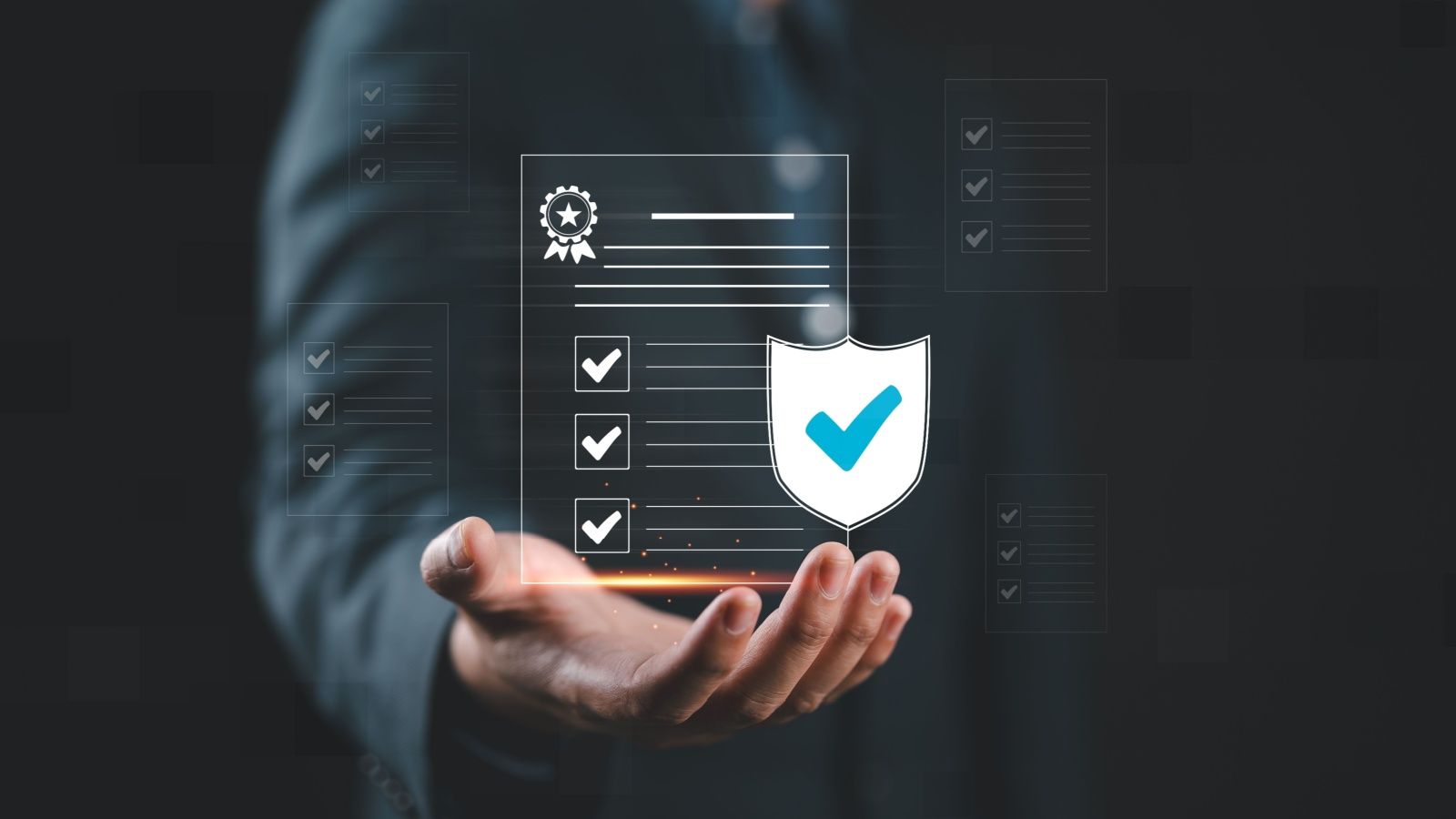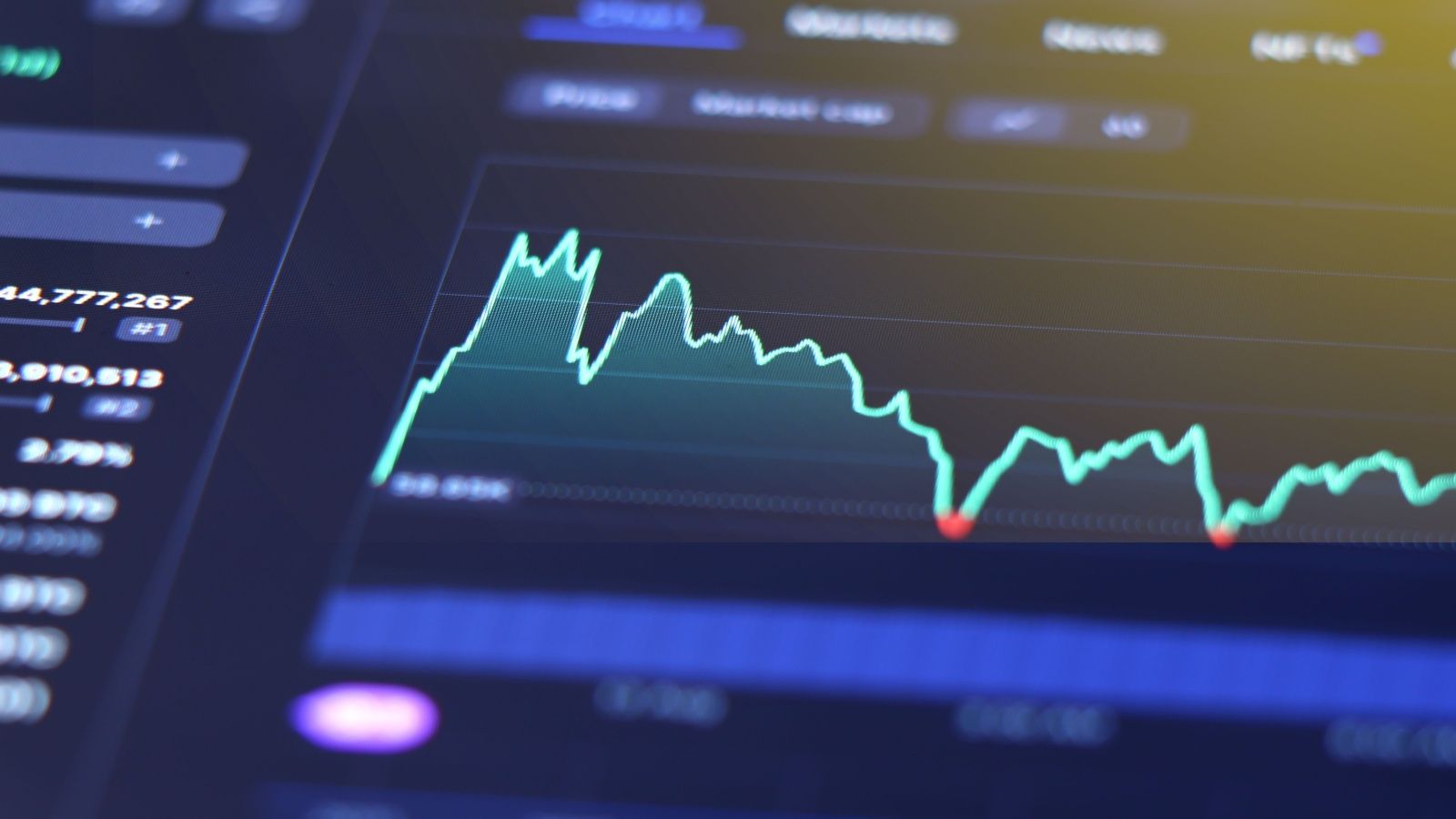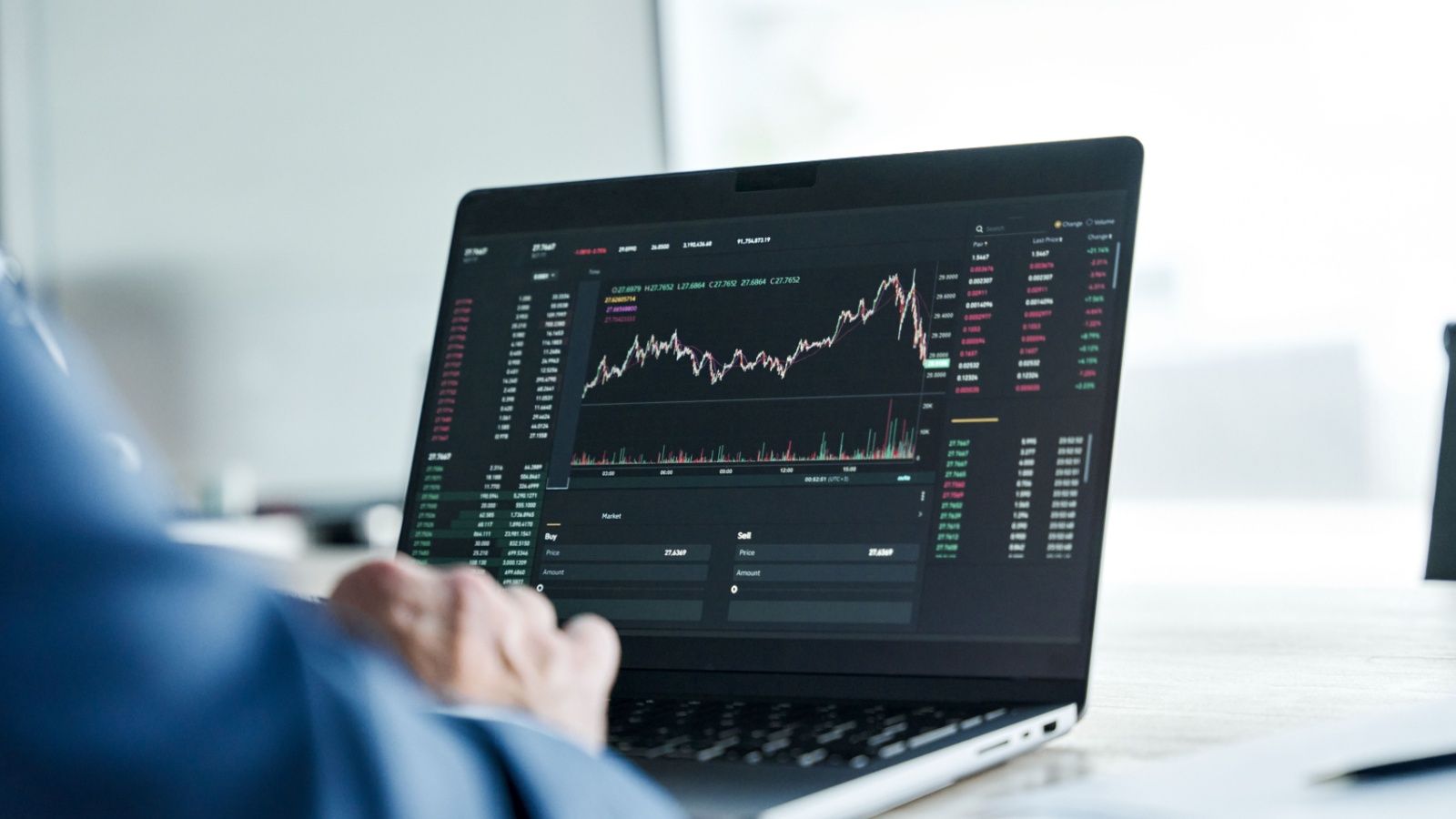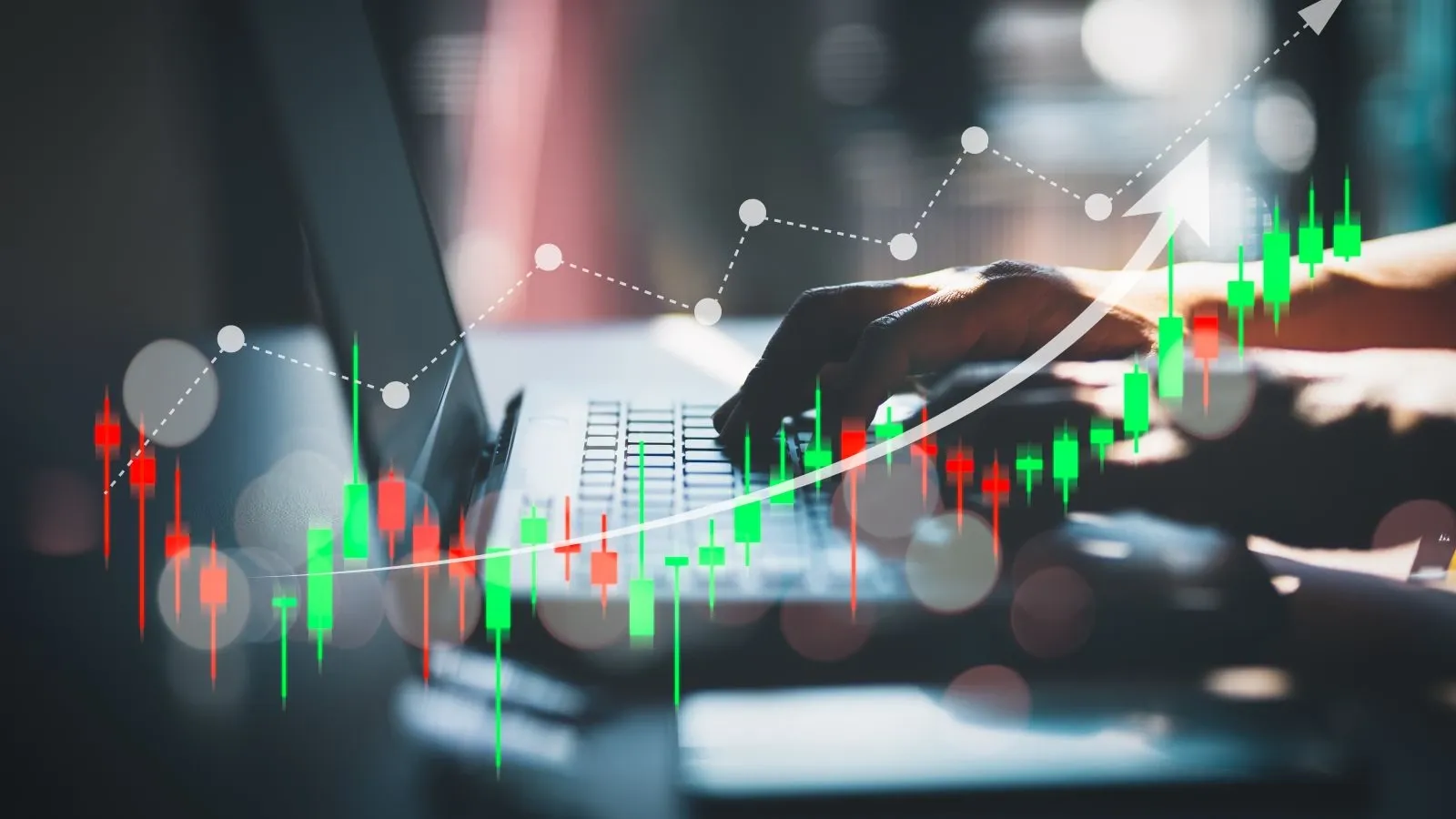What are Non-Current Liabilities
Written by Upstox Desk
Published on October 28, 2025 | 5 min read

Summary:
Also known as a long-term liability, a non-current liability is a kind of debt or obligation which an organization or company hopes to settle over a duration of time that will extend beyond a year from the date of issue of the financial statement. This blog details how investors analyse non-current liabilities to make informed investment decisions.
Introduction to non-current liabilities:
Also known as a long-term liability, a non-current liability is a kind of debt or obligation which an organization or company hopes to settle over a duration of time that will extend beyond a year from the date of issue of the financial statement. These types of liabilities are usually not due for repayment in the immediate future. It is because of this they are categorized as long-term or non-current in the balance sheet of companies.
Why non-current liabilities are important:
When investors make decisions, they base them upon many things: market conditions, investor sentiment, companies' standing, expected returns, risk and stability. However, intelligent investors, especially those who are in it for the long haul, know that returns in extended periods will rely on many things, among them being their standing in the long run. The reason why blue chip companies continue to be consistent and growth-oriented is because their fundamentals are strong.
This is where non-current liabilities come into the picture. These are crucial aspects of companies' financial reporting because they indicate the long-term financial obligations that the firm has. Creditors and investors will rely on information such as this to evaluate the financial health of companies, along with other factors such as liquidity and the ability to meet obligations in the long term.
Types of non-current liabilities:
Some of the most common types of non-current liabilities are:
- Long-term bonds and loans: These are bonds and loans which mature after a year from the date of the financial statement. Firms use long-term debt to raise capital for many reasons, such as acquiring assets, financing expansion projects and undertaking new ventures.
- Deferred tax liability: This arises from variability between the methods of accounting used for financial reporting and those for tax purposes. The tax liability that is associated with these variations is usually expected to be worked out in the coming years.
- Pension obligations: Companies that have defined pension plans are obliged to pay out retirement benefits to their former employees. The part of these obligations that are to be settled after a year is categorised as a non-current liability.
- Contingent liabilities: Contingent liabilities are those which may or may not result in actual obligations and rely on the outcome of events in the future. These include warranty claims and legal disputes. If there is a likelihood that a contingent liability may turn into an actual liability after a year, it is categorised as a non-current liability.
Why investors analyse non-current liabilities:
Analysing non-current liabilities is an important part of investment analysis because it gives access to valuable information about the financial stability of a company, including its risk profile and the ability to meet its financial commitments in the long term. By taking these factors into consideration, investors are able to make informed decisions about whether they should invest in the securities of a particular company.
Investors analyse non-current liabilities for many important reasons:
- Assessing financial health: These liabilities provide information about companies' financial health in the long term and their ability to meet financial commitments. Investors are always keen to confirm that a firm will be able to meet its obligations without troubling its overall financial standing.
- Evaluating risk: These liabilities indicate if a company's financials are at risk. High long-term debt suggests greater risk of financial distress, all the more so if the company faces difficulties servicing the debt. Investors evaluate these liabilities to measure the risks associated with making investments in these companies.
- Scrutinising liquidity: Investors analyse non-current liabilities along with companies' cash flow and assets to know about the liquidity position. Though these liabilities are not due for clearance in the short term, investors are keen on ensuring that the organisation can meet those obligations when they are due.
- Projecting future cash flow: These liabilities often indicate future cash outflows. Investors take into account these liabilities when analysing a firm's future cash flow, as well as the ability to generate enough cash to fulfil long-term obligations.
- Expansion and growth: The non-current liabilities may be incurred for financing growth activities such as capital expenditures, research and development projects and acquisitions. Investors check to see if these investments can generate returns in the future and drive growth.
- Comparing companies: Traders frequently compare these liabilities for different companies within an industry or sector to identify the ones that have more aggressive or conservative financing strategies, depending on which they make informed investment decisions.
Summing up:
Non-current liabilities are among the many aspects of comprehensive investment analysis. To make investments intelligently, one must use it in conjunction with other financial metrics such as competitive positioning, industry dynamics and qualitative factors. With the pointers listed in this blog, analysing non-current liabilities should become much easier.
About Author
Upstox Desk
Upstox Desk
Team of expert writers dedicated to providing insightful and comprehensive coverage on stock markets, economic trends, commodities, business developments, and personal finance. With a passion for delivering valuable information, the team strives to keep readers informed about the latest trends and developments in the financial world.
Read more from UpstoxUpstox is a leading Indian financial services company that offers online trading and investment services in stocks, commodities, currencies, mutual funds, and more. Founded in 2009 and headquartered in Mumbai, Upstox is backed by prominent investors including Ratan Tata, Tiger Global, and Kalaari Capital. It operates under RKSV Securities and is registered with SEBI, NSE, BSE, and other regulatory bodies, ensuring secure and compliant trading experiences.

























